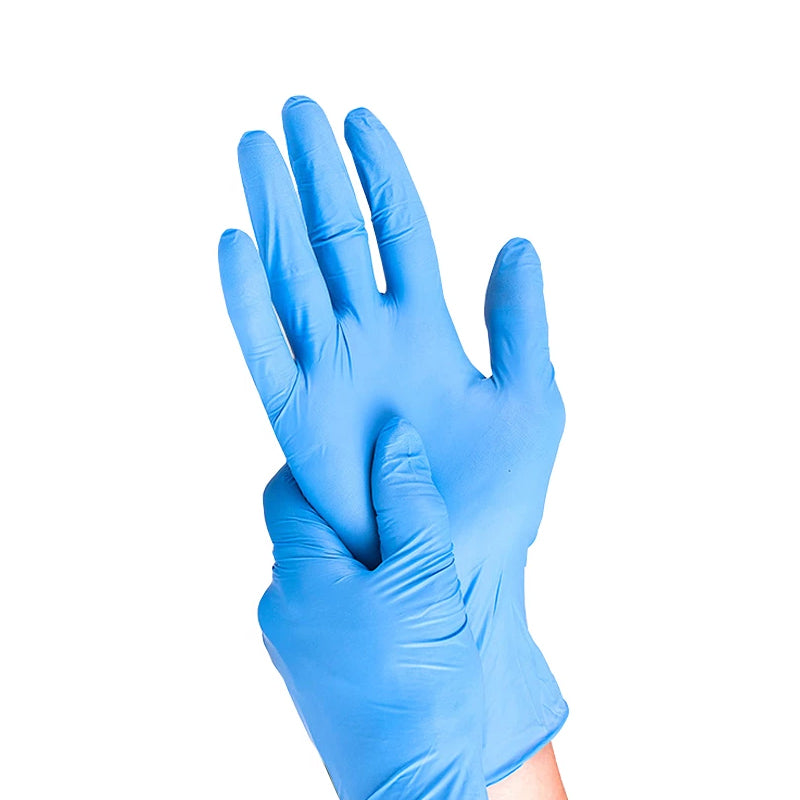
Packman: How to Choose the Right Nitrile Glove Thickness for the Job
Whether you’re working in healthcare, food service, manufacturing, or home cleaning, the right glove thickness makes a major difference in safety, performance, and comfort. As nitrile gloves gain popularity across Singapore for their superior durability and latex-free composition, understanding thickness options is key to choosing the best glove for the task.
In this guide, we’ll break down how to select the ideal nitrile glove thickness based on your work environment, industry standards, and local conditions in Singapore.

Why Thickness Matters in Nitrile Gloves
Nitrile gloves come in various thicknesses, usually measured in mil (1 mil = 0.001 inches). Thicker gloves offer more protection and resistance to punctures, while thinner gloves provide better dexterity and tactile sensitivity.
In Singapore, where high humidity and rapid task-switching are common in industries like F&B and logistics, choosing the right thickness can impact both safety and productivity.
Common Thickness Categories & Their Uses
1. Light-Duty (3–4 mil)
-
Best for: Food handling, beauty services, cleaning tasks, general household use.
-
Pros: Affordable, flexible, tactile.
-
Singapore relevance: Widely used in local hawker stalls, cafés, and salons. Ideal for short-term, non-hazardous tasks.
2. Medium-Duty (5–6 mil)
-
Best for: Medical work, labs, janitorial services, tattooing.
-
Pros: Good balance of protection and dexterity.
-
Singapore relevance: Preferred in clinics and private healthcare facilities. Holds up well under extended wear and frequent glove changes.
3. Heavy-Duty (7+ mil)
-
Best for: Industrial, automotive, and chemical applications.
-
Pros: High resistance to punctures, tears, and chemical exposure.
-
Singapore relevance: Often used in local manufacturing plants, warehouses, and industrial maintenance where durability is essential.
Factors to Consider in Singapore’s Work Environment
1. Climate
Singapore’s heat and humidity can cause sweating and discomfort in gloves. Thinner nitrile gloves may be more breathable, but proper glove rotation and powder-free options can help mitigate discomfort regardless of thickness.
2. Glove Availability & Import
Due to its strong trade links, Singapore offers a wide range of nitrile glove brands and thicknesses. Local suppliers often list mil ratings, so pay attention when purchasing in bulk or online.
3. Industry Compliance
Different industries in Singapore may follow guidelines from NEA, MOM, or HSA. For example, medical professionals must ensure that nitrile gloves meet specific quality and thickness standards to comply with hygiene and safety regulations.
Choosing the Right Thickness for Your Job
| Task Type | Recommended Thickness |
|---|---|
| Food prep | 3–4 mil |
| General cleaning | 3–5 mil |
| Medical exams | 4–6 mil |
| Automotive/industrial | 6–8+ mil |
| Chemical handling |
8+ mil (check chemical resistance chart) |
Final Thoughts:
In Singapore, the demand for versatile, high-quality nitrile gloves continues to rise across diverse industries. By choosing the right thickness for the job, you not only improve efficiency but also enhance safety and comfort for yourself and your team. Always consult your supplier or local guidelines when in doubt—and don’t underestimate how much glove thickness can affect your daily work.


